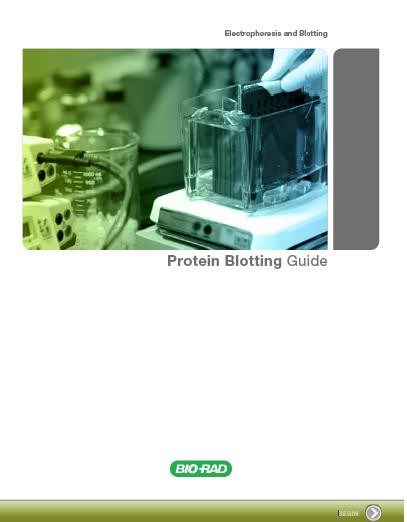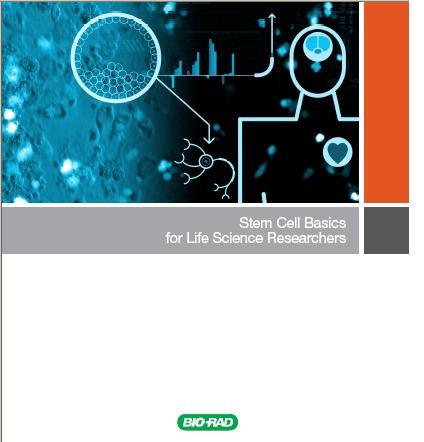In the past, we’ve discussed the importance of selecting appropriate reference genes for your qPCR experiment (also see point 7 of the MIQE guideline checklist). This means that it is important to select genes that do NOT exhibit any changes in expression under the treatment conditions you are studying. This is easier said than done!
“Once upon a time” everyone used either beta actin, 18s, or gapdh as reference genes. Their expression never changes, right? Wrong! So which genes should you choose? If you try to figure it out using previous papers, how do you know that they’ve chosen the correct genes? If you run a few genes side-by-side and try to compare their expression both under treatment and control, which one should you set as the baseline and which one can you say is for sure moving (it’s all relative isn’t it)?
One of my twitter friends told me that she uses six reference genes in her qPCR experiments. I used to use two. That got me thinking…how many reference genes does the “average” lab use? Please help satisfy my curiosity by participating in the poll below!

Loading ...
















